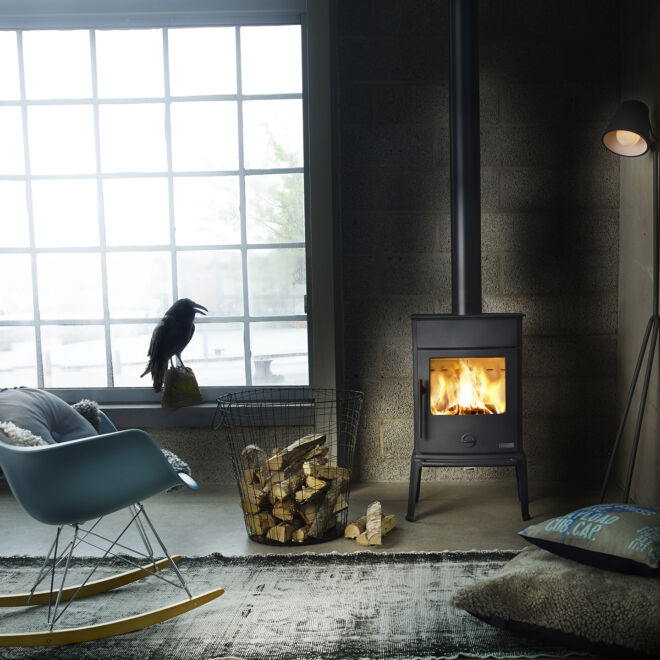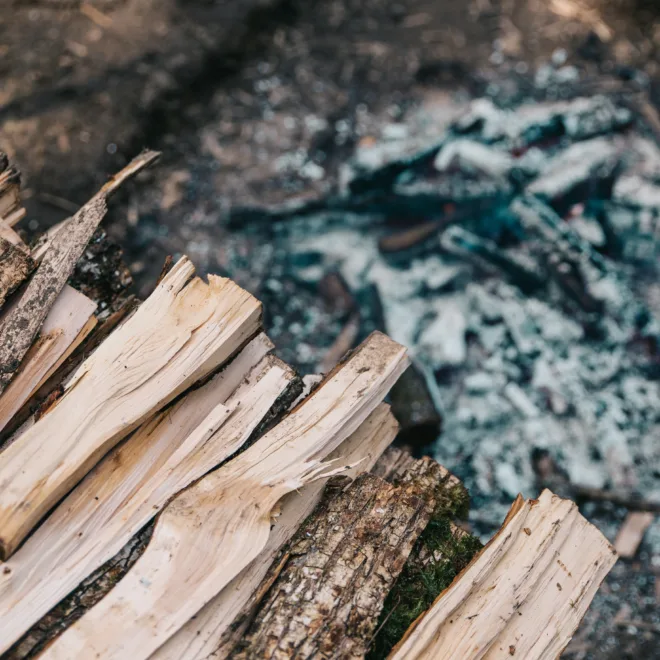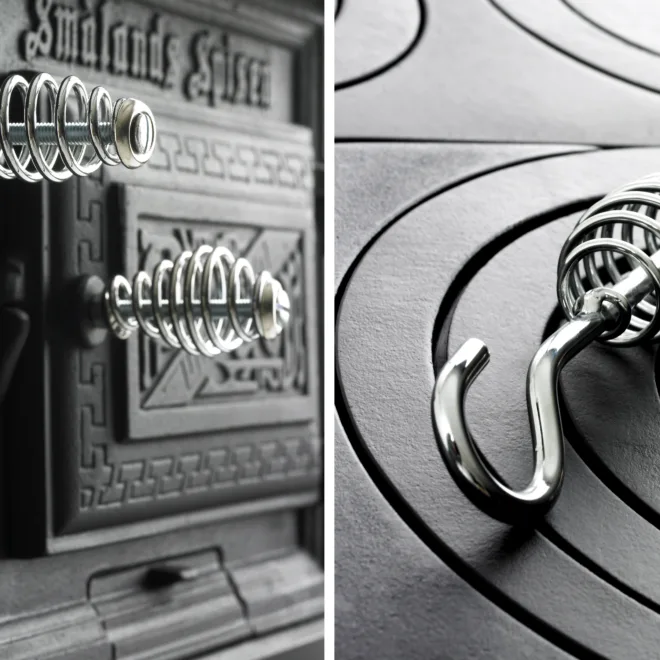
Let a fireplace warm your home
During the winter season, many people dream of having their own fireplace. What’s cozier than listening to a crackling fire and smelling the sweet scent of burning wood? Especially when
No matter what firewood you use, keeping it indoors for a day before burning it is advisable. Today, you will get a deeper insight into how to handle firewood and which type of wood is best to burn. With the help of our guide, you will get the coziest fire!
Rowan produces a lot of lovely heat and less ash. Rowan wood burns evenly and steadily, giving off plenty of embers without crackling. Therefore, rowan wood is an excellent choice for open fires and stoves. The wood is considered the “finest firewood, ” meaning it provides the most heat relative to its volume.
Suitable for use in open fires, wood stoves, or tiled stoves. Beech wood burns steadily and for a long time, providing good heat. However, beech is a heavy type of wood that must dry for a few years before being used as firewood. Read more about how to dry firewood further down in this post.
One of the advantages of ash wood is that even damp wood can burn, producing less ash. Ash wood burns for a long time and has excellent heating capabilities. It is suitable for use in wood-burning stoves and open fires but can be challenging to split.
Maple provides good heat and a lovely glow. Many consider it to be the perfect firewood.
Birch is by far the most common firewood you can purchase. It is particularly suitable for open fires, as it does not throw sparks and embers onto the floor. It is also very suitable for other types of fires. Birch bark is easy to ignite and will quickly get the fire going.

Only burn dry firewood. It takes about twice as much newly cut wood as dry wood to produce the same heat. Tar emissions are only one-tenth as high when you use dry firewood.
Plan ahead if you want dry and fine firewood to burn in the winter. Cutting firewood between November and March is good because it prevents the sap from rising when the moisture content of the wood increases. A common expression is that “firewood should be split before Easter” because the wood has time to dry out during the spring and summer. A good idea is to cut and split the wood when the snow has melted, somewhere around March-April.
If it has been a dry spring, you can burn the firewood in the coming winter. The wood usually must be dried for two spring seasons. The moisture content of raw timber is around 50%. The moisture content should be down to 20% to be considered dry and fine.
You need to dry the firewood and store it in a well-ventilated area until it is time to use it. For example, you can keep the firewood in a pile, stack, barn, or airy woodshed with a roof. The more ventilation there is, the faster it will dry. It dries faster because moisture will evaporate without obstruction. Avoid storing the firewood on the ground as the ground is damp. Also, do not store it under a tarp; this will trap the moisture inside and dry the firewood more slowly. Storing the firewood under a roof is good, especially during periods of heavy rain.
To know if the firewood is dry enough to burn, you can measure its moisture content with a meter. If the moisture content exceeds 20 percent, you should wait before burning it. Wet firewood emits little heat and is also not good for the environment.
A good rule of thumb is that the firewood should have been stored outside, under cover, for at least six months, preferably a year. During this time, the moisture content of the firewood decreases from around 50 percent when freshly cut to about 15-20 percent
Source: Swedish Environmental Protection Agency
For the sake of the environment, it is important to burn firewood as environmentally friendly as possible. Using firewood that is too dry or too wet produces unburned pollutants, which have negative effects on both the climate and our health. A parched piece of firewood with a moisture content below ten percent burns up quickly, giving off less heat. Additionally, when burning dry firewood, emissions of pollutants such as soot and hydrocarbons are higher.

During the winter season, many people dream of having their own fireplace. What’s cozier than listening to a crackling fire and smelling the sweet scent of burning wood? Especially when

No matter what firewood you use, keeping it indoors for a day before burning it is advisable. Today, you will get a deeper insight into how to handle firewood and

It’s always important to think about safety when handling fire. Many things can go wrong, and accidents can easily happen. However, things usually go well if you have the right
